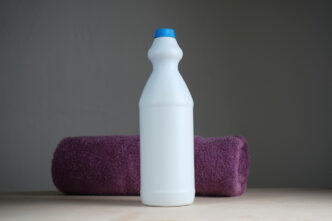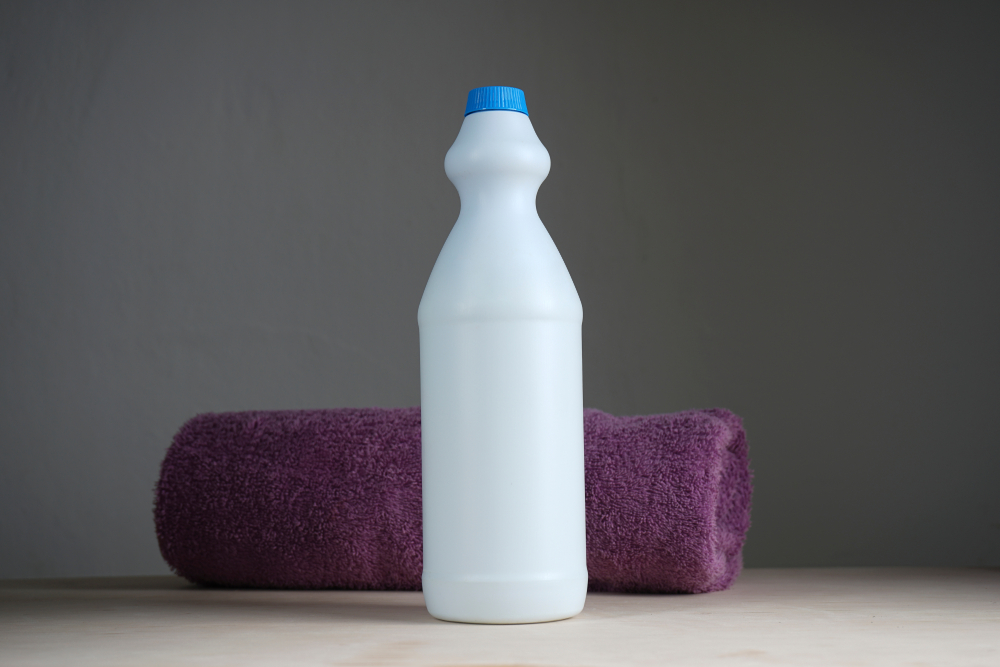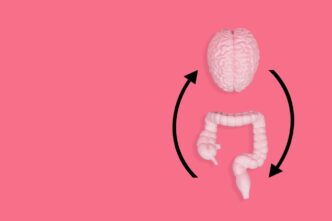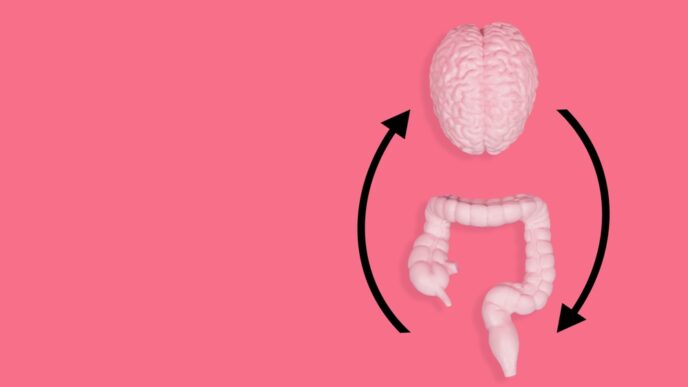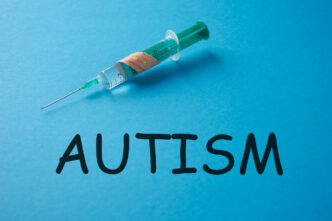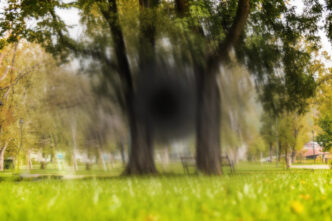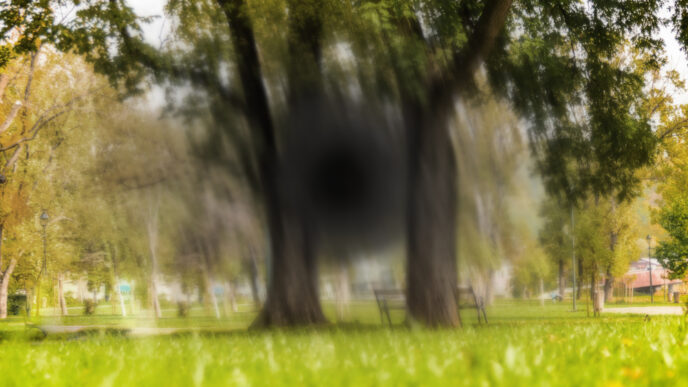Bleach, which is mostly made up of sodium hypochlorite (NaOCl), is an effective and low-cost way to help control Aedes mosquitoes that are responsible for spreading dengue. In Malaysia and other tropical climates, a little bleach added to stagnant water can kill mosquito larvae and stop their numbers from growing.
WORDS LIM TECK CHOON
WHAT IS IN HOUSEHOLD BLEACH?
- Most household bleach is a liquid solution with about 3% to 6% sodium hypochlorite as the main active ingredient.
- Sodium hypochlorite is a powerful oxidizing agent. It breaks apart chemical bonds and destroys germs or organic material.
- A small amount of sodium hydroxide is usually added to keep the solution stable.
HOW BLEACH WORKS TO STOP MOSQUITOES
Bleach attacks mosquito larvae in two ways:
- Direct kill — bleach damages the cells of the larvae, killing them outright.
- Food source removal — bleach also destroys algae and bacteria in the water, which larvae feed on, therefore starving the larvae that survive the direct kill effect.
While bleach may not kill every single larva, it greatly reduces survival and delays new generations from emerging.
IS BLEACH SAFE?
Yes, when in low concentrations and with proper handling.
- The amounts used for mosquito control are much lower than those for household cleaning.
- Still, bleach is a chemical, so direct contact can irritate skin, eyes, or lungs. Keep it out of reach of children and pets, and never ingest it.
When used as directed, bleach has minimal environmental impact compared to stronger insecticides and can play a valuable role in reducing the spread of dengue.
HOW TO USE BLEACH AGAINST AEDES MOSQUITOES
Mosquitoes breed in stagnant water.
This means that flowerpots, saucers, buckets, water tanks, old tires, and even small puddles around your home can become nurseries for larvae.
Adding the right amount of bleach to these water sources can help eliminate larvae and prevent them from maturing into adult mosquitoes.
Step-by-Step Guide
Find stagnant water
Look for common breeding sites such as flower pot saucers, buckets, water storage containers, tires, or birdbaths.
Clean first, if possible
- Remove leaves, algae, or dirt before treating.
- This makes bleach more effective and also cuts down on larval food.
Estimate water volume needed
- For small containers: 1 to 2 liters
- For medium containers such as buckets: 5 to 10 liters
- For large containers: 10 to 20 liters
Add the right amount of bleach
Use household bleach with about 5–6% sodium hypochlorite:
- Initial treatment to kill larvae: 2 tablespoons (30ml) per 5 liters of water
- Subsequent weekly treatments to stop new growth: 1 teaspoon (5ml) per 5 liters of water
Mix carefully
- Measure the bleach, pour it slowly into the water, and stir gently.
- Avoid splashing or breathing in fumes.
Repeat weekly
- During rainy seasons or peak mosquito times, repeat the maintenance dose weekly.
Safety Tips
- Wear gloves when handling bleach.
- Keep children and pets away from treated containers for a few hours.
- Never mix bleach with other chemicals (especially ammonia or acids).
| This article is part of our series on dengue and its various prevention and treatment options. |
References:
- Barrera, R., Amador, M., & Clark, G. G. (2004). The use of household bleach to control Aedes aegypti. Journal of the American Mosquito Control Association, 20(4), 444–448.
- Lemon Agency. (2014, October 2). A new study by USP proves bleach’s effectiveness in fighting the larvae of the Dengue mosquito. CloroSur. https://www.clorosur.org/a-new-study-by-usp-proves-bleachs-effectiveness-in-fighting-the-larvae-of-the-dengue-mosquito/
- Mackay, A. J., Amador, M., Felix, G., Acevedo, V., & Barrera, R. (2015). Evaluation of household bleach as an ovicide for the control of Aedes aegypti. Journal of the American Mosquito Control Association, 31(1), 77–84. https://doi.org/10.2987/14-6427R.1
- Rodríguez, G. A., Pomares, M. A., Herrera Gil, V. G., Ávila Herrera, G. M. D., Angeletti, A. O., Zarate, J. C., Jozami, A. C., Diaz Briz, L. M., Fuenzalida, A. D., Lizarralde de Grosso, M. S., Flores, I. D. C., Claps, G. L., & Quintana, M. G. (2023). Household ovicidal alternative for complementary control of Aedes aegypti in the Gran San Miguel de Tucuman agglomerate, Tucumán, Argentina. Acta tropica, 239, 106813. https://doi.org/10.1016/j.actatropica.2022.106813

